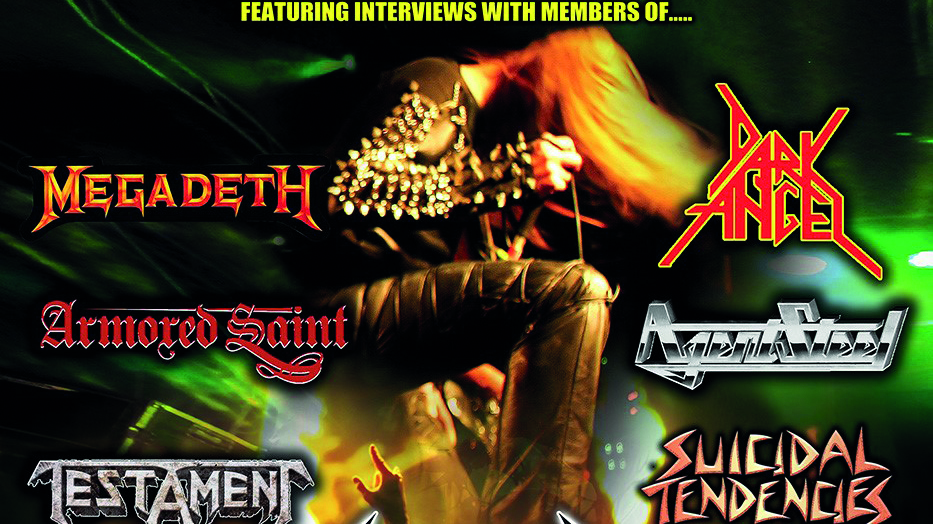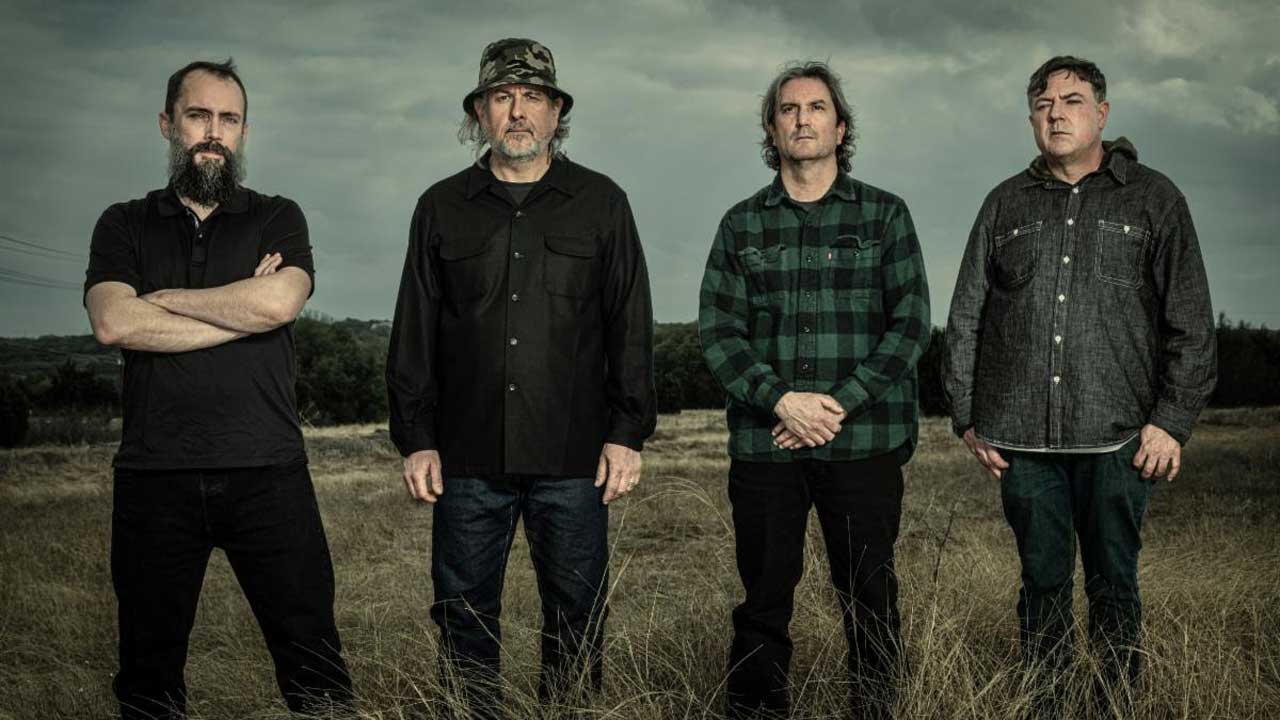You can trust Louder
Despite being the birthplace of three-quarters of the Big 4, Los Angeles isn’t widely remembered as a hotbed of thrash metal, especially compared to its Californian neighbour to the north. Director Bob Nalbandian’s new two-part documentary, The Rise Of LA Thrash Metal, aims to change that. Packed with dozens of interviews with scene veterans both legendary and obscure, the film serves as both a compelling heavy metal history lesson and a love letter to a local scene whose moment in the sun was fleeting, but whose impact still reverberates today. Narrated by David Ellefson – who also offers insightful commentary throughout – the 87-minute DVD begins by defining the city’s burgeoning thrash movement of the early 80s as an attempt “to play music both faster and heavier than their predecessors could have possibly dreamed,” with heavy inspiration from Venom, Motörhead and the NWOBHM movement. From there, we hear from the likes of Lars Ulrich, who waxes philosophical about the strong ties among local bands (“We were all united around the belief in this music, and it brought us together”), and Agent Steel/ Abattoir/Evildead survivor – and current Body Count guitarist – Juan Garcia, who laments being overshadowed by the Sunset Strip (“The hair metal bands gave the thrash scene a bad name”). Ellefson later echoes that sentiment, even admitting that Megadeth avoided playing shows in LA proper in their early days (“Once we got the band going, it was like, ‘Let’s get the hell out of here!’”). That might seem to undercut Nalbandian’s thesis, but subsequent segments on the multicultural nature of the local thrash scene and how Los Angeles acts such as Suicidal Tendencies successfully bridged the gap between metal and punk provide a compelling counterpoint. Overall, a heartfelt, if rough-around-the-edges, snapshot of a city and era whose legacies are loud and proud.
Sign up below to get the latest from Metal Hammer, plus exclusive special offers, direct to your inbox!
Clay Marshall is a merch guy and writer. He has written for Metal Hammer, Blabbermouth, Classic Rock, Noisey, Billboard, Guitar World, LA Weekly, Prog and more.


